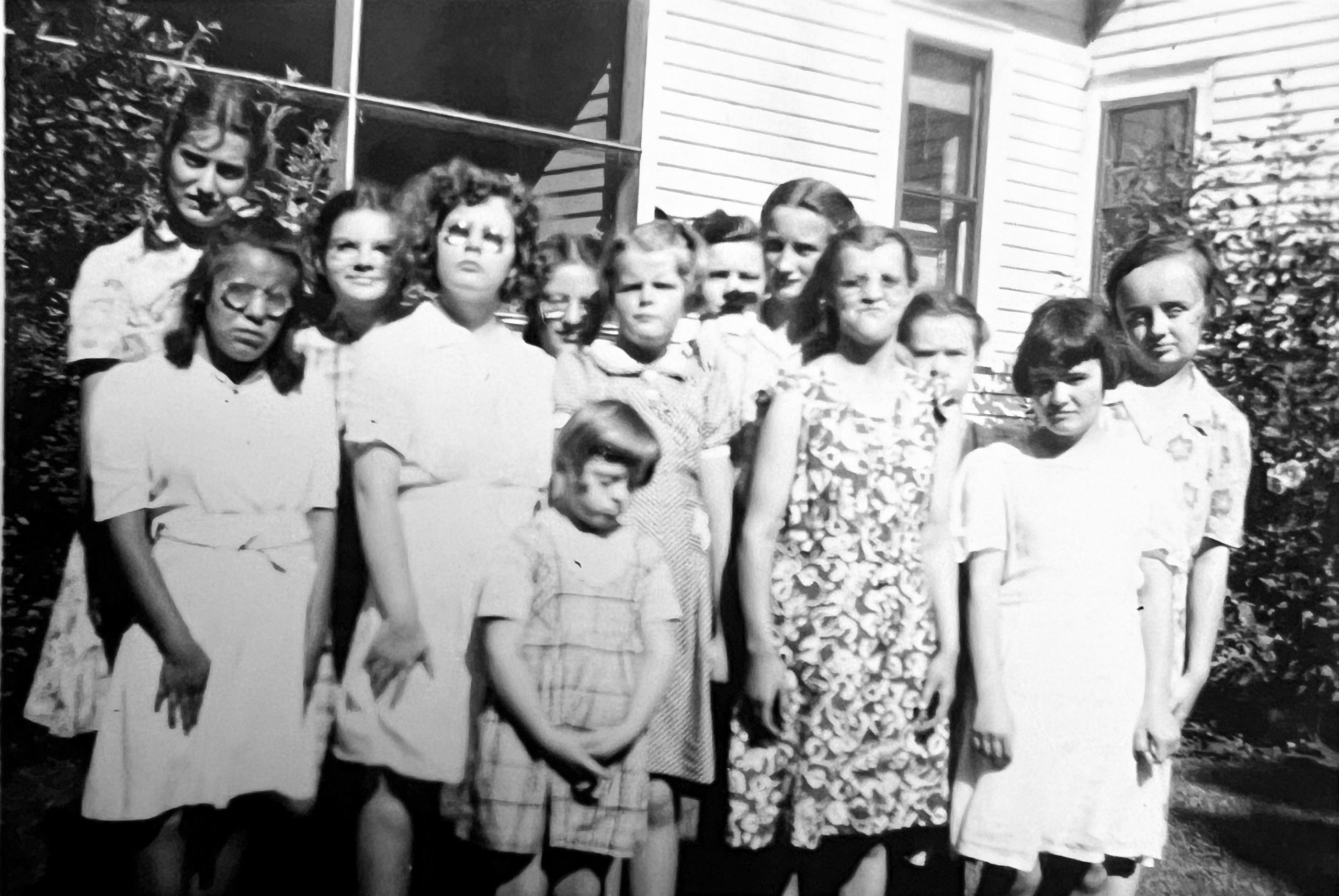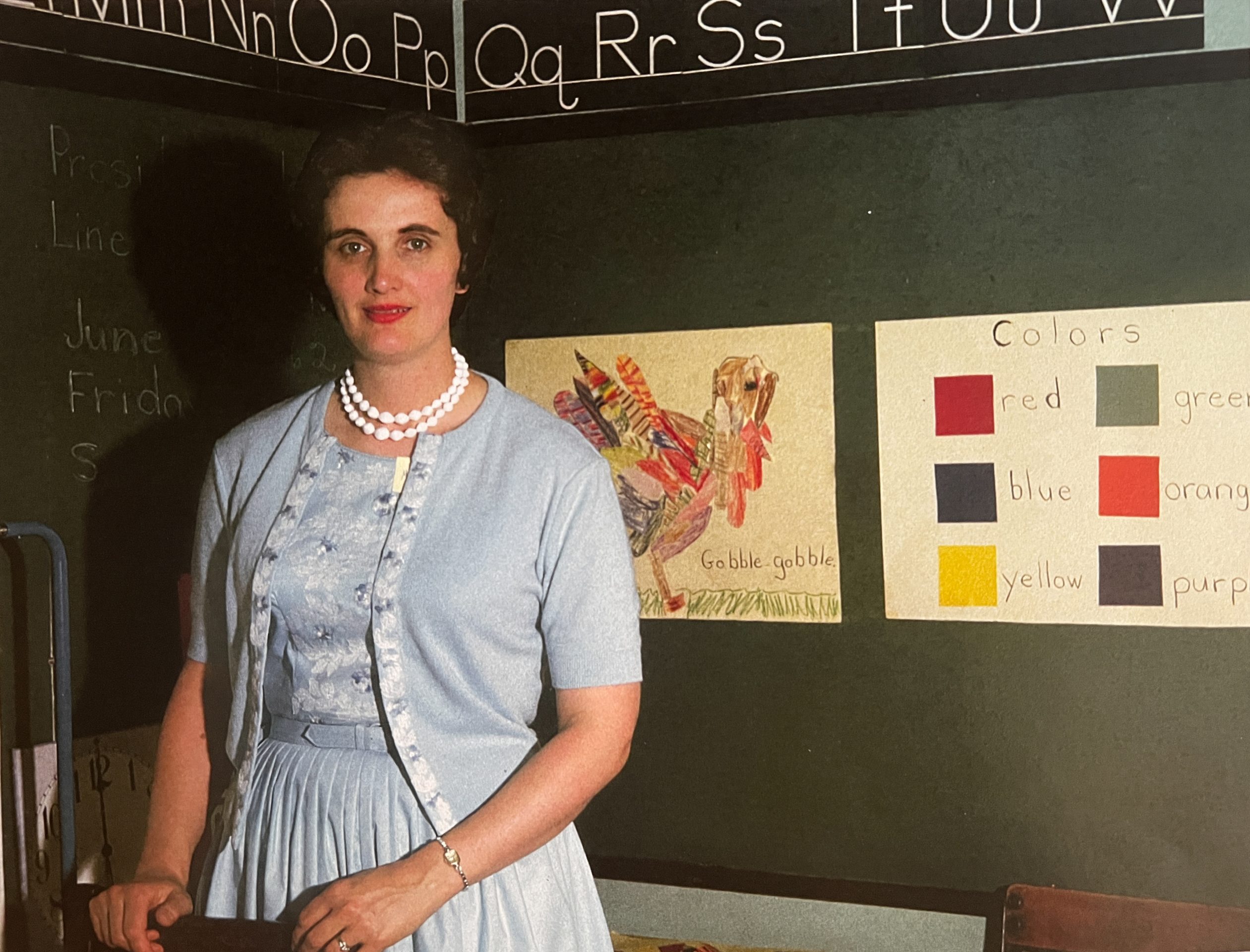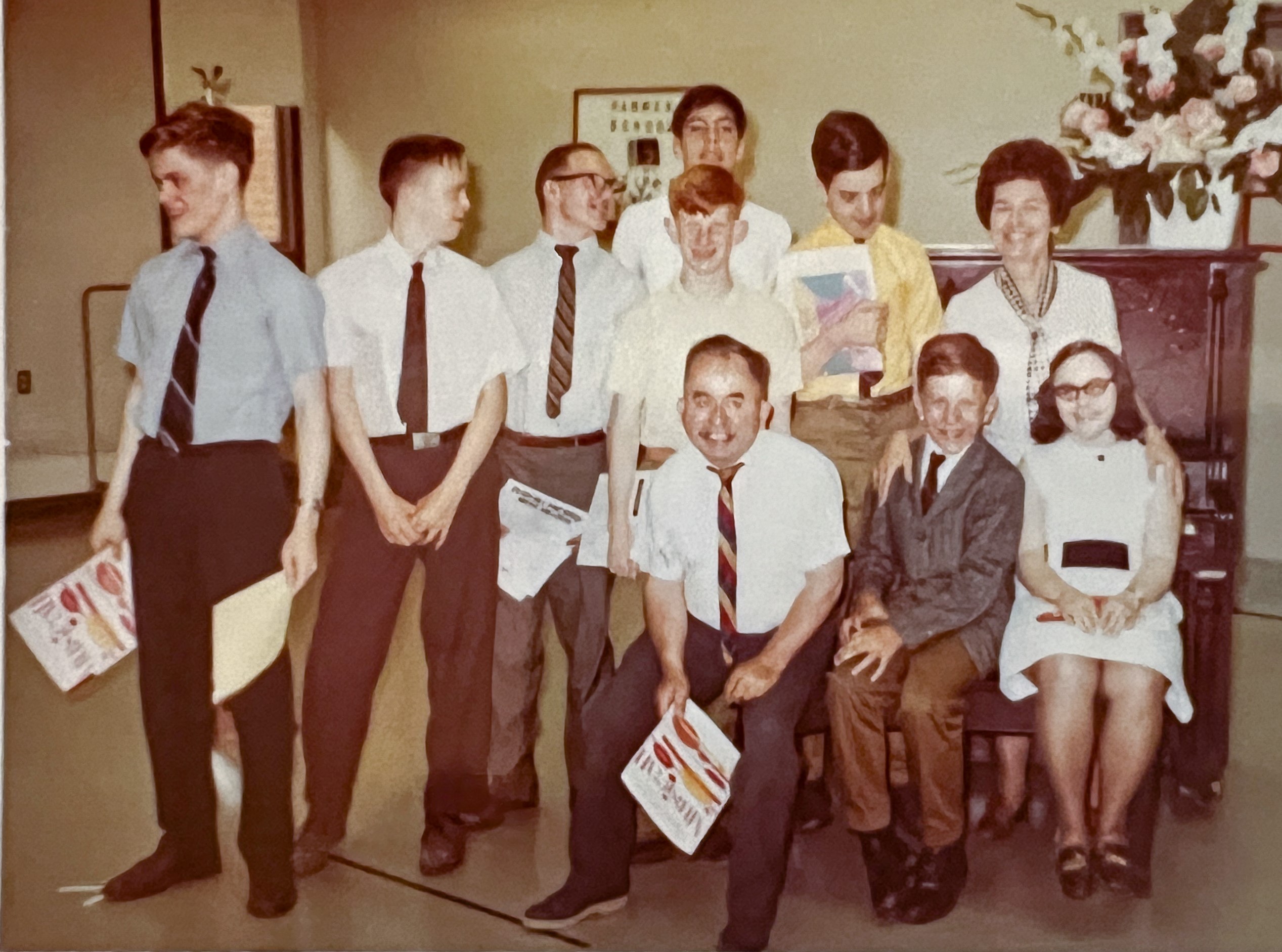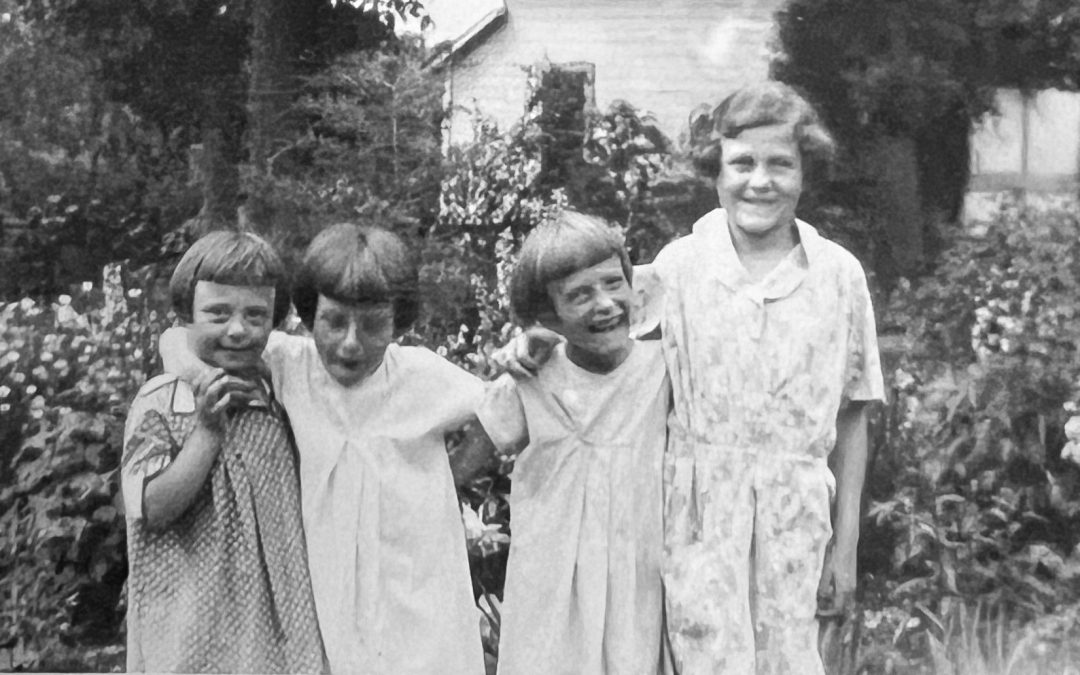A Look Back at Hammer School
It’s back-to-school season and as today’s children head back to class, we take a look back at Hammer School, founded 100 years ago, and share some memories of the school and its pupils.

Hammer School-1945
Alvina Hammer founded Hammer School in 1923. Alvina had worked as a nurse at the Faribault State Hospital and was impacted by the plight of people with developmental and intellectual disabilities, especially children. She was so moved that she decided to rent a home near Minnehaha Falls in Minneapolis, hire a teacher, and begin caring for and teaching four children with special needs. She soon added three more children and moved to a larger home. In 1929, at the beginning of the Depression, Alvina bought a five-acre property (which later grew to nine acres) with a large farmhouse on rolling wooded grounds with fruit orchards, on Superior Blvd. in Wayzata (now Hwy 12). By 1932, the school cared for 21 children. However, many families could no longer afford the $35 a month tuition and had to withdraw their children. Alvina Hammer approached Hennepin County for help, which came in the form of placements of people then in county institutions. Over the following years, private donations and community support made it possible for Hammer School to add space and programs.
Evelyn Carlson came to Hammer in 1932 as a teacher. She had been an elementary school teacher in a lumber camp in Canada, working under very harsh conditions which greatly impacted her health. Her parents lived in Minneapolis, and she came to stay with them and was introduced to Alvina Hammer and her school. In 1947, when Alvina’s health was declining, Evelyn assumed the Director and Proprietor’s role. Under her guidance, Hammer School continued to grow and evolve. Two dormitories were built in the 1960s.

A Hammer School teacher
In the 1950s and ‘60s, five housemothers lived at the school, each acting as mother for an assigned group of children. According to an article about Hammer School in the Twin Citian, “each child knew their housemother was always nearby to hear a confidence or help with a problem, no matter what time of day.” The article also noted that meals were served family style with Miss Carlson, or a housemother, seated at the head of each table, teaching table manners. The housemothers also taught the students personal hygiene, dressing, and manners. Each child at Hammer had responsibilities including helping with household and garden tasks, picking up after themselves, and raising and lowering the American flag. Evelyn Carlson believed in giving each child a chance to develop their self-reliance, independence, and sense of purpose. Recreational opportunities including swimming, bowling, and outdoor games were plentiful, as were periods for arts and crafts (including weaving) and music.

Hammer School music class-1970
Education was the backbone of the Hammer program. In a June 1961 Minneapolis Star Tribune article, Evelyn Carlson noted that, “learning by doing is the philosophy of Hammer School.” With five teachers, classes were small enough so that instruction could be personalized to the needs and attention span of each child so they could develop at their own rate. “The idea is to help them reach the utmost of their capabilities,” Miss Carlson said. Some of the students read at a fifth-grade level with comprehension. A typical day at Hammer School began with everyone having breakfast together. Students attended two classes in the morning, beginning at 9 a.m. and ending at 11:30 a.m. They would then go to their rooms and get ready for lunch which was from noon to 1 p.m. Then they would attend classes until 3 p.m. Additional classes included speech therapy, typing, and piano lessons. Students were also able to participate in their own Boy Scout troop and 4-H club.
The school had several pets over the years that were well loved by the children, beginning with a horse named Nellie who loved eating apples from the orchard. There was also a cat and several birds, including a parakeet, which Miss Carlson said proved to be a disrupting influence during Sunday school classes as “it sang louder than we did.” (Non-denominational Sunday school classes were held on Sundays. Miss Carlson said many of the children exhibited “abiding religious faith.”)
In a letter Evelyn Carlson wrote to the community, she explained that the program at Hammer School was two-fold: To provide a home where the child may feel, “Here I belong and have a place of my own,” and to offer a training and school program where the child can develop at his or her own rate of speed to the utmost of their capabilities. Miss Carlson also wrote: What a deep sense of satisfaction it is for us all when a child discovers that he or she is part of a school world, and doors, before closed, have opened up through reading and experiences hitherto undreamed of.
Today, nearly 50 years after Evelyn Carlson’s retirement, and 100 years after the founding of Hammer School, Hammer & NER continues to open doors for people living with intellectual and other disabilities. Ours is a legacy, begun by visionary pioneers, that holds much to be proud of.


Recent Comments